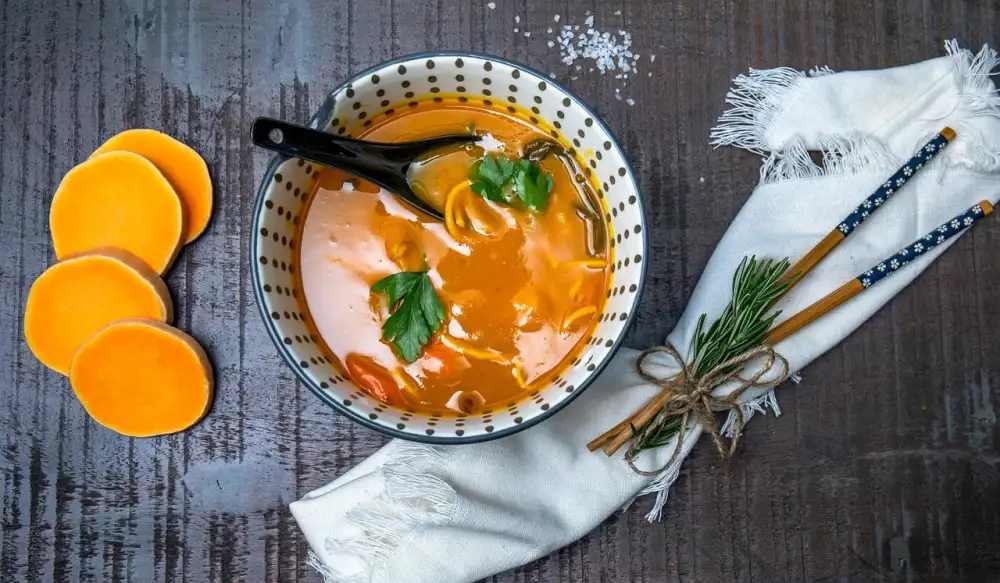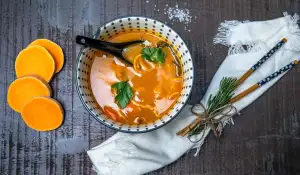Haitian Cuisine: A Flavorful Journey to the Heart of Haiti's Culinary Delights

Haitian cuisine is a vibrant reflection of the country's rich history and diverse cultural influences. Known for its bold flavors and unique spice blends, Haitian food is a celebration of fresh ingredients and traditional cooking techniques. With a mix of African, French, Spanish, and indigenous Taíno influences, Haitian dishes offer a tantalizing fusion of flavors that are sure to delight the taste buds. From hearty stews to flavorful fried plantains, Haitian cuisine is a true culinary journey to the heart of Haiti's gastronomic heritage.
Staple Ingredients in Haitian Cooking
Staple ingredients in Haitian cooking reflect the country's rich agricultural landscape. Rice is a fundamental component, often served with beans or meat. Plantains are another essential ingredient, used in various forms such as fried, boiled, or mashed. Root vegetables like yams and sweet potatoes play a significant role in many dishes. Additionally, cornmeal is commonly used to make porridges and bread. Spices like thyme, garlic, and Scotch bonnet peppers add depth and heat to Haitian cuisine. Fish and seafood are prevalent along the coastlines, while chicken and goat meat are popular protein choices inland. Coconut milk is frequently used to add richness to stews and sauces, showcasing the diverse flavors of Haiti's culinary traditions.
Popular Haitian Dishes
Haitian cuisine is a vibrant tapestry of flavors and textures that reflect the country's rich history and diverse cultural influences. Some of the most beloved dishes in Haiti include Griot, which is marinated and fried pork served with pikliz (spicy slaw), rice, and beans. Another favorite is Tasso Kabrit, a savory goat stew cooked with peppers, onions, and tomatoes. For seafood lovers, Pwason Fri (fried fish) is a must-try dish seasoned with local herbs and spices. Soup Joumou holds a special place in Haitian hearts as it is traditionally served on New Year's Day to commemorate Haiti's independence. This hearty pumpkin soup is flavored with beef, vegetables, and pasta, making it a comforting and celebratory dish enjoyed by many Haitians.
Influences on Haitian Food
Haitian cuisine is a vibrant fusion of African, French, Spanish, and indigenous Taíno influences. The African influence is prominent in the use of root vegetables like yams and plantains, as well as okra and peppers. French culinary traditions are evident in the sauces and techniques used in many dishes, such as the tomato-based sauce found in ragout. Spanish influence can be seen in dishes like tamales and empanadas. Additionally, the Taíno people introduced ingredients like corn, peanuts, and sweet potatoes to Haitian cooking. These diverse influences have shaped the unique flavors and textures that define Haitian cuisine today.
Traditional Cooking Techniques in Haiti
Traditional cooking techniques in Haiti are deeply rooted in the country's history and culture. One common method is "pikliz," a spicy pickled vegetable dish that is a staple in Haitian cuisine. Another technique is "bouillon," a flavorful broth made by simmering meat, vegetables, and spices for hours. Additionally, many dishes are cooked using a "tasso," which is a large metal pot placed over an open fire or charcoal stove to create rich, smoky flavors. These traditional techniques not only enhance the taste of Haitian dishes but also showcase the culinary expertise passed down through generations.
Dining Customs and Etiquette in Haitian Culture
In Haitian culture, dining is a social event that brings family and friends together. It is common for meals to be served family-style, with everyone sharing from the same platter. When dining in a Haitian home, it is customary to wait until the host invites you to start eating. It is also polite to compliment the cook on the meal. In restaurants, tipping is expected and typically ranges from 10-15% of the bill. Additionally, it is considered respectful to keep your hands above the table during the meal and to finish everything on your plate as a sign of appreciation for the food.
Health Benefits of Haitian Cuisine
Haitian cuisine offers a range of health benefits due to its emphasis on fresh, natural ingredients. Many traditional Haitian dishes are rich in vegetables, legumes, and lean proteins, providing essential nutrients like vitamins, minerals, and fiber. The use of herbs and spices such as parsley, thyme, and garlic not only enhances flavor but also contributes to the antioxidant properties of the dishes. Additionally, the incorporation of plantains and yams provides a good source of complex carbohydrates for sustained energy levels. Overall, Haitian cuisine promotes a balanced diet that can support overall health and well-being.
Where to Experience Authentic Haitian Food
For those looking to savor the true essence of Haitian cuisine, a visit to local markets and street vendors is a must. In Haiti, bustling markets like Marché de Fer in Port-au-Prince offer an array of fresh produce, spices, and meats that are essential in traditional dishes. Street food stalls serve up popular snacks like griot (fried pork) and accra (deep-fried fritters).
Additionally, dining at authentic Haitian restaurants such as Lakay Restaurant in Miami or Grandchamps in Brooklyn provides a taste of home-cooked meals like legim (vegetable stew) and diri kole ak pwa (rice with beans). These establishments often use traditional cooking methods and recipes passed down through generations, ensuring an authentic culinary experience for visitors seeking to explore the rich flavors of Haiti.
Published: 11. 05. 2024
Category: Food



